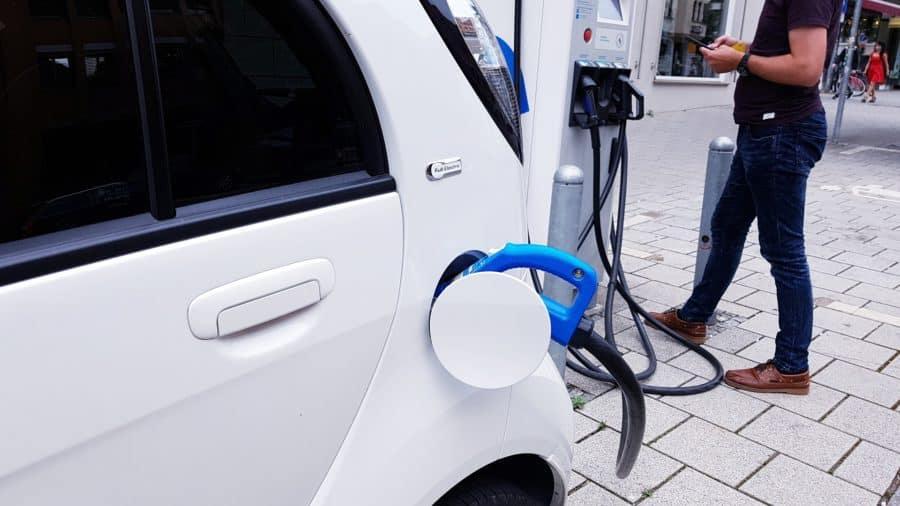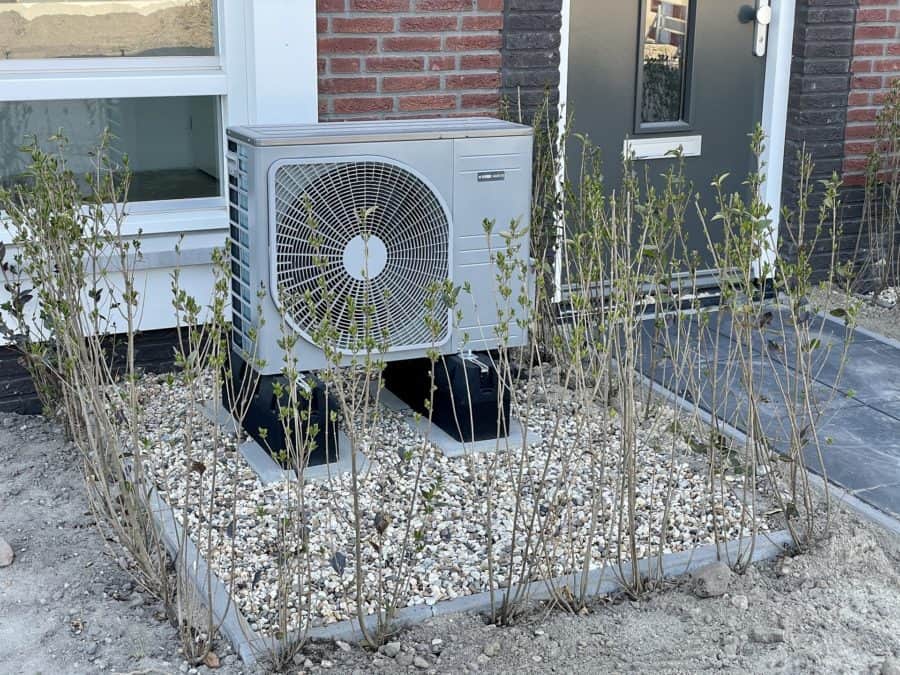Moving from gas-powered vehicles and home appliances to electric options is good for the environment, can save families thousands of dollars per year, and is viable for households of all income levels.



This year, households who make the switch to an electric vehicle (EV) or plug-in hybrid and electrify their homes will be eligible for tens of thousands of dollars in incentives and tax credits from government programs—many programs will cover 100% of the cost for low-income households!

California Central Coast residents that purchase electric vehicles (EVs) or plug-in hybrids may be eligible for more than $14,000 in grants and rebates.
The $7,500 new EV tax credit applies to electric vehicles with a maximum MSRP of $55,000 and vans, SUVs, and pickup trucks with a maximum MSRP of $80,000. And starting in 2024, these tax credits will be transferable to dealers, essentially converting into an upfront discount.
There is also a tax credit for the purchase of used EVs. The tax credit applies to 30 percent of the cost of a used EV, up to $4,000, on a vehicle with a maximum MSRP of $25,000, weighing no more than 14,000 pounds.
Interested in purchasing an EV or plug-in hybrid? Take EVs for Everyone’s online survey by clicking HERE.
For a list of options of vehicles that qualify for the $7,500 federal tax credit, click HERE.
For more information on financial incentives and tax credits available to Central Coast residents, click HERE.

The Inflation Reduction Act will soon make up $14,000 available for households making the switch from gas to electric appliances. This is on top of already existing tax credits and local incentives.
Incentives from the High-Efficiency Electric Home Rebate Act (HEERA) can cover 100 percent of low-income households’ (under 80 percent of Area Median Income) cost to switch from a furnace or boiler to a heat pump, up to $8,000. Heat pumps can replace both traditional air conditioners and home heating systems.
For moderate-income households (between 80 percent and 150 percent of Area Median Income), HEEHR covers 50 percent of your heat pump costs up to $8,000.
HEEHR will also offer incentives to cover the cost of new electrical wiring (up to $2,500), a new electrical panel (up to $4,000), and a new electric stove (up to $840).
To calculate your estimated savings, visit Rewiring America’s calculator by clicking HERE.
For more information about the HEERA, click HERE.

A study done by Consumer Reports found that owning an electric vehicle will save the typical driver $6,000 to $10,000 over the life of the vehicle, compared to owning a comparable gas-powered vehicle.
Some of the key findings include:
The Department of Energy estimates that switching from a furnace or boulder to a heat pump can save some households $1,000 a year.
With hundreds of thousands of electric vehicle charging stations on the road (and more on the way) and incentives and tax credits available to help install a charging station at home, owning an EV is a realistic option for most commuters. Home electrification options are also as reliable and often require less maintenance than gas-powered options.

Full-electric vehicles on average can travel 250 miles on one charge, meaning that many drivers can go multiple days in a row without needing to be charged. Some newer EV models can now reach up to 600 miles on one charge!
Some EV chargers can charge an empty battery in as little as 30 minutes! Baseline charging stations can deliver about 15-25 miles of range per hour, meaning that most EVs can be fully charged overnight or while your car is parked at work.
There are currently 148,000 charging ports across the country with hundreds of thousands more on the way. The Transportation Department will invest $5 billion over the next five years to install or upgrade chargers along 75,000 miles of highway from coast to coast, with a goal of 500,000 EV chargers nationwide.
Locally, there are nearly 100 charging ports in Santa Cruz County including several in community hotspots such as Downtown Santa Cruz, Westside Santa Cruz, UC Santa Cruz, the Capitola Mall, Cabrillo College, and Downtown Watsonville.
Need help planning an EV trip? Check out a list of helpful apps HERE.
The High-Efficiency Electric Home Rebate Act can cover 100% of low-income households’ (under 80 percent of Area Median Income) electrical wiring costs up to $2,500. Many electrical appliances require a wiring upgrade with higher voltage outlets, such as EV chargers, induction stoves, and most heat pumps.
Some households can also qualify for a $1,000 tax credit when they install an EV charger in their home!
The Inflation Reduction Act and other federal and state incentives are just the beginning of a growing push to move Americans toward an electric-powered future.

The State of California will ban the sale of gas-powered cars beginning in 2035. Automakers will have to gradually electrify their fleet of new vehicles, beginning with 35% of 2026 models sold, increasing to 68% in 2030 and 100% for 2035 models.
New homes in California are required to have all electric appliances by 2026, and for existing homes, 80% of new appliances will be required to be electric by 2030–once the life cycle of a current appliance ends–with that increasing to 100% by 2035.
The federal government set a target that 50% of all vehicles sold in the U.S. be net-zero emitters of greenhouse gases by 2030.
The World Health Organization (WHO) estimates that, globally, air pollution causes about 7 million premature deaths a year. WHO data show that almost all of the global population (99%) breathe air that exceeds WHO guideline limits and contains high levels of pollutants, with low- and middle-income countries suffering from the highest exposures.
A recent study found that for every 20 zero-emissions vehicles per 1,000 people in a given zip code, there was a 3.2% decrease in the rate of emergency room visits due to asthma.
The City of Santa Cruz’s latest carbon footprint assessment indicated that 69% of GHG is emitted from transportation. Similar assessments for Watsonville identified transportation emissions accounting for 53% of Watsonville’s and 51% of Santa Cruz County’s respective carbon footprints.
519 Main Street
Watsonville, California 95076
Phone: 831-688-8840
Fax: 831-688-8302
Email: info@cbridges.org
Community Bridges is a registered 501(c)(3) organization.
Federal Tax ID number: 94-2460211